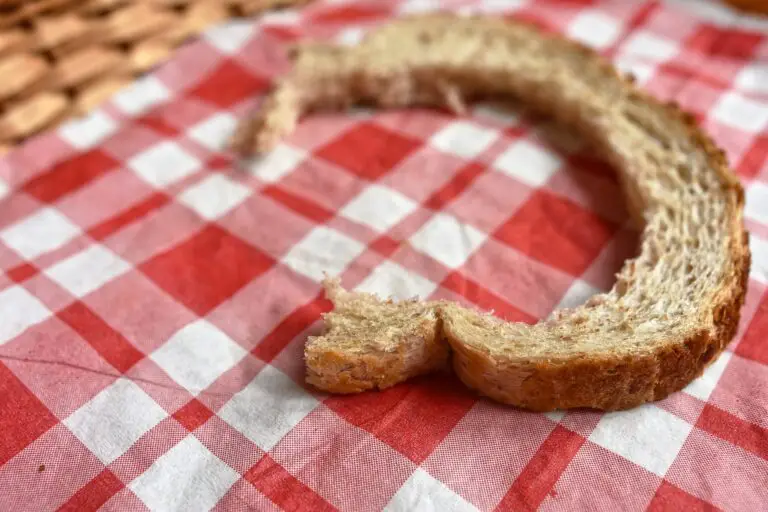Introduction
In this article, I’m going to give you ideas on how to use food leftovers so as not to throw them away unnecessarily. This is not only in the context of taking care of our wallets but also respecting and considering the issue of food waste.
According to the Food Bank, on average, each of us throws away about 114.64 pounds (52 kg) of food per year. Of course, the scale of the problem is much greater, as stores and wholesalers also throw away food.
It’s obvious that throwing away food is catastrophic for our wallets. Experts estimate that, on average, each of us wastes food worth $11 per month. However, considering the recent skyrocketing prices of food, I would argue that the cost of throwing away food is even higher.
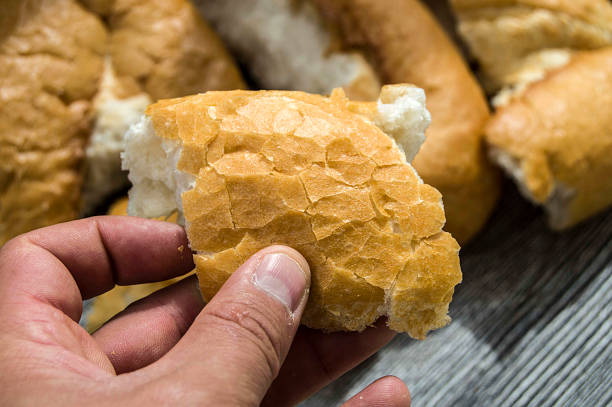
Stale Bread
According to many studies, the most frequently wasted group of products is bread, so let’s start with that.
What can we do with stale bread? The first thing that comes to mind is to use it for preparing flavored toasts. Such bread can be spread with homemade butter and garlic, with the addition of various spices, including basil, and then baked in the oven. Croutons prepared in this way will work not only as an addition to soups, but also go well with, for example, tomato and cheese salad. Herbal croutons can also be used as a healthy equivalent of potato chips.
If we have leftover bread, it’s worth remembering about bread soup. It is a soup whose main ingredients, apart from dry bread, usually include milk, garlic, egg yolk, and yellow cheese. Of course, the soup can also be enriched with spices and even meat.
From stale bread, we can also prepare dumplings, which are perfect as a side dish for meat, including goulash.
Another solution is to prepare quick stale bread casseroles. Old bread will serve well as a base for such a dish, and as toppings, standard vegetables such as peppers and tomatoes, spices, mushrooms, as well as yellow cheese and ham will work. It is also an interesting option to make refreshing kvass, which is perfect for summer. For this purpose, use mainly old wholemeal bread. The rest of the ingredients are water, yeast, sugar, raisins, and lemon.
Old bread can also be used to make a sweet snack. For example, a Spanish dish called torrijas, which is often eaten during Easter in Spain. Its preparation is very simple: slices of stale bread are soaked in milk with added sugar and eggs, then fried. This dish can be served with honey, cinnamon, or vanilla. Another idea to use stale sweet bread is to prepare bread pudding with the addition of raisins, nuts, and apples. The taste of such a pudding will be well emphasized by the vanilla sauce prepared based on a vanilla pod, cream, flour, and egg yolks.
If you don’t have time to prepare new dishes using old bread, you can use them as breadcrumbs or add them to soups and sauces to thicken them.
By the way, it is also worth mentioning that stale bread or rolls can be refreshed in the oven. To do this, they must be moistened with water, then put into the preheated oven at about 140 degrees for about 15 minutes.
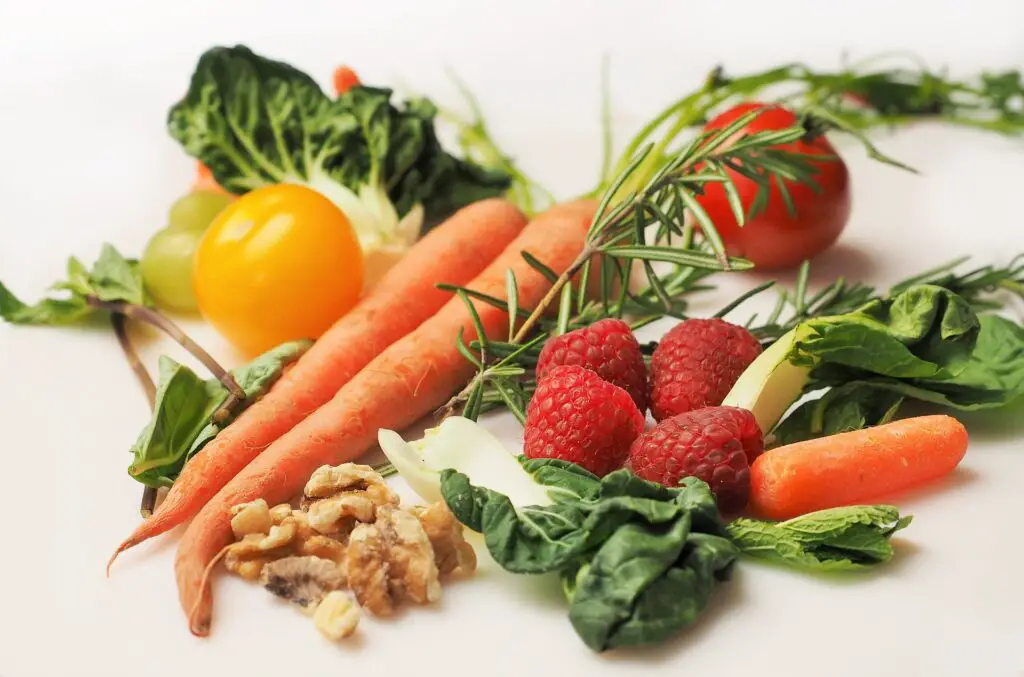
Vegetables and Fruits
Now let’s move on to the second group of products, which also often end up in the trash – vegetables. There are even more ways to use them than stale bread. What comes first to mind is to use vegetable leftovers, e.g., from broth to prepare vegetable salad.
However, they have many more uses. You can make a paste out of them to bread or make vegan chops out of them. Of course, nothing prevents them from being vegetable and meat cutlets. Not only will they be healthier, this will also save some money on less meat.
Unused vegetables will also work as stuffing for dumplings and croquettes. As with stale bread, you can also use leftover vegetables as an important ingredient in casseroles.
They can also be successfully used as pizza toppings. If any of you use a juicer, the remaining vegetable pulp, that most of us usually throw away, can be utilized appropriately.
Like raw or cooked vegetables, they can be used to prepare nutritious smoothies or cream soups. Some leftover cooked vegetables can also be used to make tasty and healthy chips, especially beets and carrots.
Just slice them and bake in the oven. To shorten the baking time, you can grease them with oil. And here I would like to suggest preparing a herb marinade to enhance their taste. You can use a mild marinade consisting of, for example, basil and oregano or a spicier one using hot paprika and pepper.
Another way to use leftover vegetables is to prepare any kind of pickled vegetables or relish.
You can pickle almost all vegetables. They will prove themselves here, first of all: cucumbers, peppers, tomatoes, beets, carrots, cauliflower, cabbage, radishes, garlic, and zucchini. I’ll add right now that in one jar we can pickle together different vegetables. I will also mention that in one of my videos, I said why you should eat pickled beets. I encourage you to familiarize yourself with this material.
An even simpler situation is when we have unused potatoes, even if they are already cooked, which we couldn’t eat all of. Based on them, you can prepare noodles, chops, dumplings, croquettes, or pancakes. Both potatoes and other vegetables can also be used to prepare delicious vegetable pate.
Another solution is to use boiled potatoes to make fried potato balls with cheese that can be used as a snack. Few people know that you can even make tasty donuts with potatoes. An interesting way to manage waste is making a home garden out of leftover vegetables.
As you know, under favorable conditions, plants have a certain ability to regenerate themselves, and this fact can be used to produce edible leaves.
Vegetables are perfect for this, such as parsley, carrots, and radishes. Just cut off the root ends and place them in a plate with water.
After a few days, leaves will grow from them that can be used for preparing different dishes. However, keep in mind to replace the water with fresh water daily.
Parsley or carrot leaves can be used, for example, as an addition to a salad or to make original pesto out of them. Of course, this applies not only to these leaves but also to the primary leaves that are found on the vegetables we bought.
We can carry out a similar procedure with leaf regeneration for other vegetables, including leek, onion, garlic, or celery.
If we can save the vegetables, we can also save the fruits. The easiest way to manage them is to prepare a tasty and nutritious cocktail.
Just mix the individual ingredients and you’re done. A fairly quick solution is also to make compotes and fruit mousses that we can use in the future as an addition to cakes, pancakes, or ice cream. Since we’re on the subject of ice cream, here is where bananas find a good use. We can cut them into smaller pieces and freeze them.
Take them out after they’ve been frozen for a few hours and add milk, yogurt, plant-based drink, as well as dissolved and cooled cocoa.
Then combine the ingredients and blend until smooth consistency and the ice cream is ready. From other fruits such as raspberries, strawberries, or blueberries in a similar way, you can also prepare tasty sorbets.
As with vegetables, fruits can also be used to prepare baked chips. They will work for this purpose, mainly apples, pears, peaches, apricots, and bananas. Yet another solution for quickly using fruit leftovers is to prepare a dessert in the form of baked fruit under crumble.
Grapes can also be used if they have lost their firmness. I recommend drizzling them with olive oil or pouring melted butter over them, adding your favorite spices and placing them in the oven for about 25 minutes.
Roasted grapes are the perfect addition to meat or cheese. When it comes to products that we often throw away, cold cuts and meat should also be included. Fortunately, however, there are many options for properly managing these products.
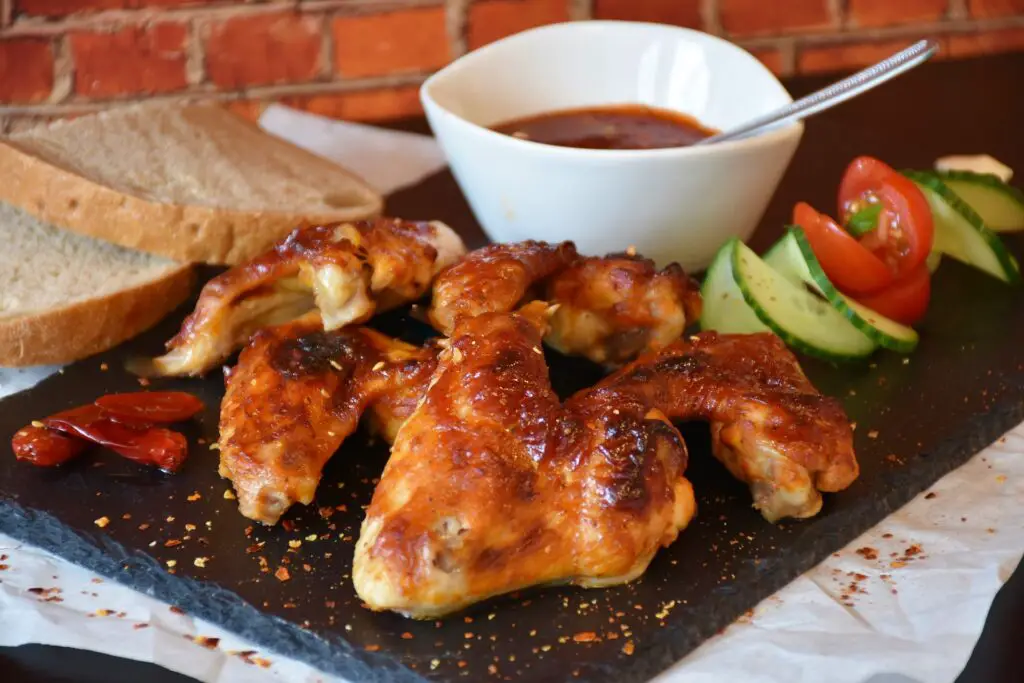
Leftover meat
Leftover meat or dried ham can be successfully added to pizza, casseroles, tarts or scrambled eggs. Unused meats can also be fried and added to tortillas. This type of food leftover, even when dried, can also be used in the preparation of goulash, or stews that I have already mentioned in the context of vegetables.
Another idea is the preparation of jelly, i.e. aspic. Both ham, sausage, and pieces of meat can also be used as an addition to i.e. Breton beans or soup.
I especially mean soups like pea soup, cabbage soup, or bean soup. Unused meat and sausages can also be ground, and the resulting mass used as meat filling, for example, for flour products such as dumplings, noodles, and savory pancakes.
Minced meat works too for the preparation of meatballs and sandwich spreads. It can also be used to prepare stuffed peppers.
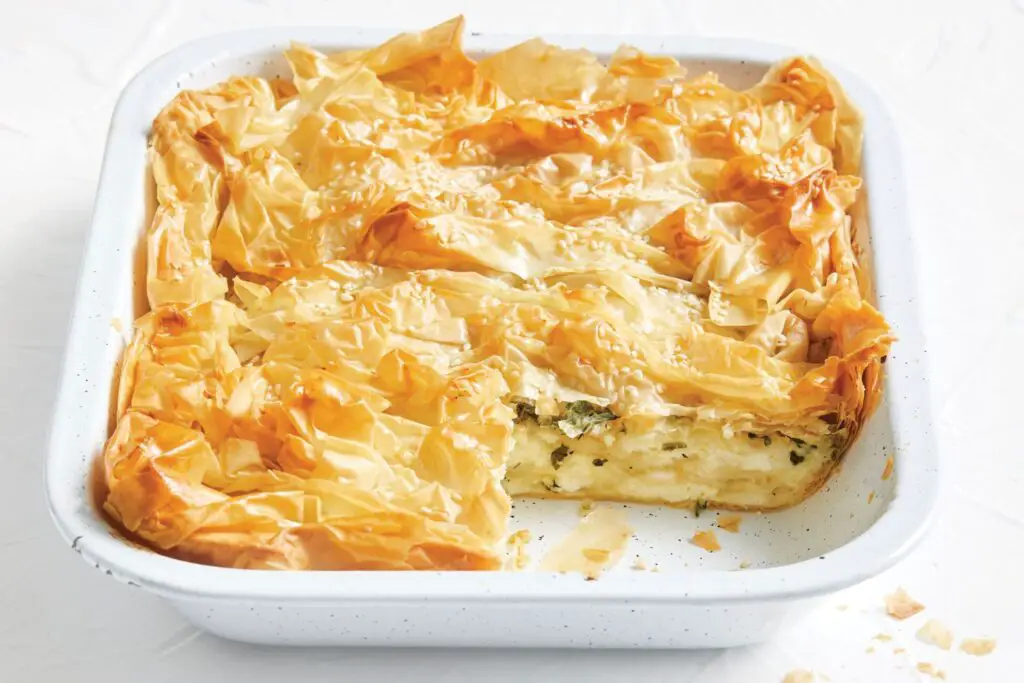
Leftover cheese
Among the products that some of us throw away can be listed dried cheese. Personally, however, I think that the drying of cheese should not be a reason to get rid of it. We can find a place for it in our kitchen.
For example, such seemingly useless cheese can be grated. Moreover, I bet that many people deliberately buy mild yellow cheese, which is ordinary and not some special one, and overpay for this practice.
Such grated cheese can be used in many ways, including sprinkling on salads and soups. Another solution is to use grated cheese for preparing cheese sauce. Dried cheese in a piece can be added to pizza, casserole or toast, where it will dissolve anyway. These tips apply not only to mild cheese but also to blue cheese.
A less healthy solution is the preparation of fried cheese in breadcrumbs, a dish that we can enjoy in, among other places, the Czech Republic or Slovakia.
Its preparation is very simple: just cut the cheese into slices, roll it in beaten egg with the addition of breadcrumbs, and fry the cheese in a pan until it’s golden and crispy. It’s perfect as an addition to dinner.
By the way, I’d like to add that dried yellow cheese can be slightly refreshed. I mean bathing it in milk. Just gently heat the milk and submerge the cheese in it so that it is completely covered with milk. After about half an hour, remove the cheese and dry it using a paper towel. I will also mention that cheese bought by weight is best kept wrapped in parchment paper, which will extend its durability.
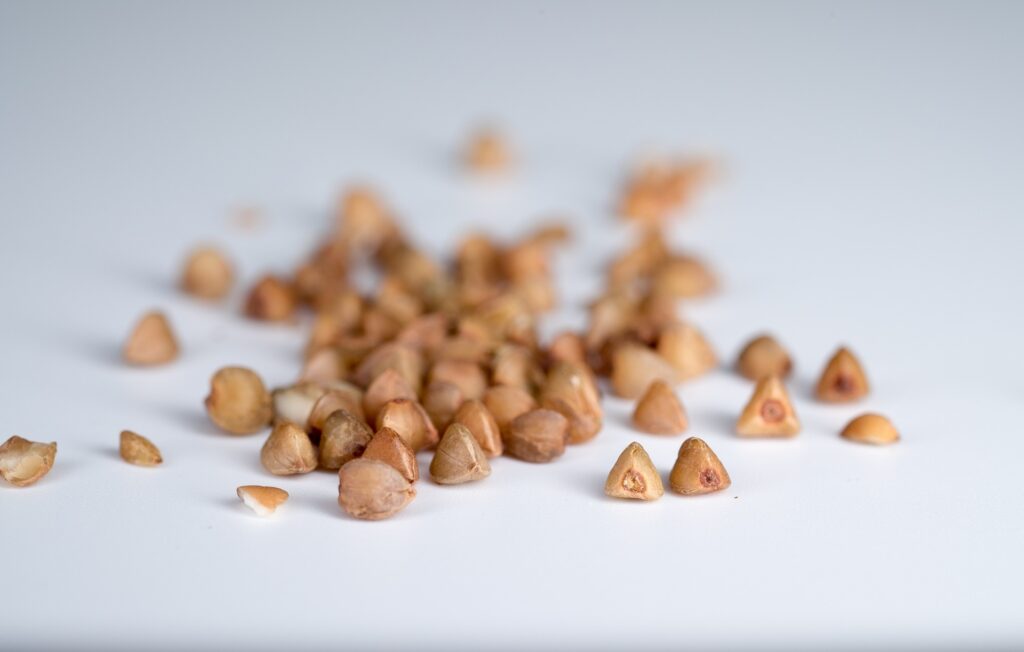
Rice, groats and pasta
I think many of you also throw away cooked groats, rice, or pasta. I have also encountered at home many times the situation where there was nothing to do with a little bit of cooked rice that has not been eaten. This problem is quite common among people who cook rice or porridge in bags. Then we can’t choose the right portion for ourselves, and sometimes one bag is too much for some people.
However, this problem can also be solved with several solutions. An example of dishes whose groats, rice or noodles don’t have to be the main components, and at the same time they can be successfully used as an addition, are salads, meatballs, casseroles, pancakes, and soups.
Pasta leftovers, groats, or rice, can also be used to fry with eggs and vegetables. A meal prepared this way will be nutritious and quite tasty!
Rice and groats will also work well as stuffing for peppers, zucchini, or flour dishes. In addition, rice can be combined with apple mousse and cinnamon, and we have a ready dessert. Similarly, we can mix groats with chopped and roasted nuts, raisins, honey, and cream. So prepared dessert is best chilled in the fridge before consumption.
Another solution is to prepare pudding, e.g., based on millet or buckwheat groats.
I’ve made these puddings many times myself – millet-vanilla or buckwheat-chocolate – and I sincerely recommend them.
Speaking of sweets, you can also find plenty of recipes on the internet for making tasty muffins and cookies using cooked products.
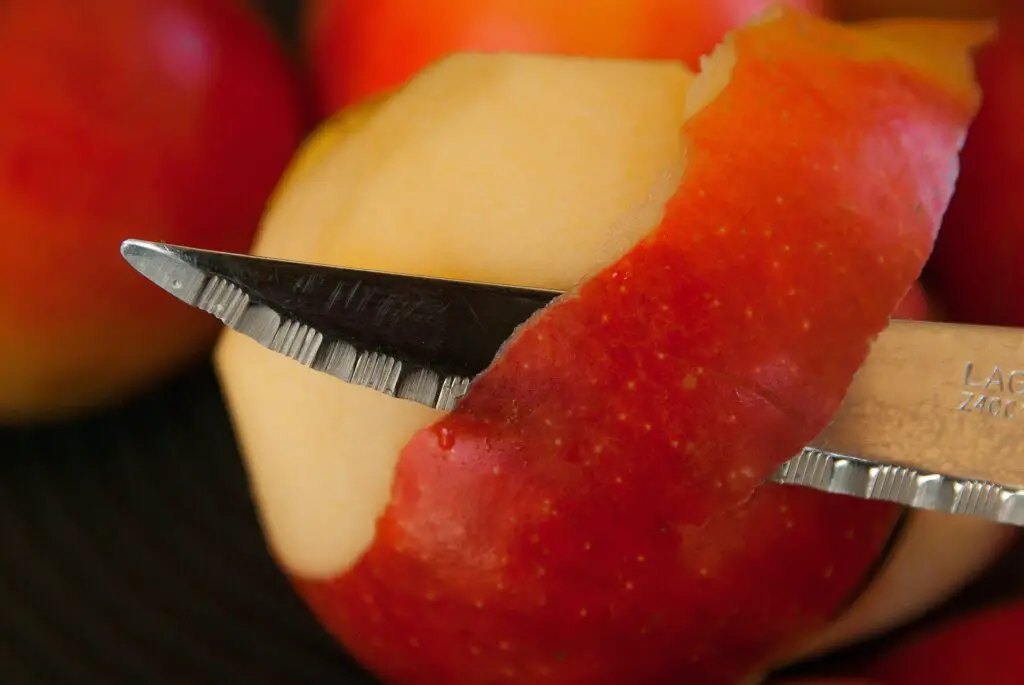
Skins and Peels
I want to end on a somewhat controversial issue – the consumption of skins and peels of various kinds of vegetables and fruits.
As you know, in the case of some products, these elements are edible. However, while eating an apple with the skin on is not a problem, eating peels can be debatable due to the presence of pesticides in them. Of course, things will be different when we are sure that the vegetables or fruits we reach for come from crops where this type of plant protection product is not used.
Personally, I would be more inclined to use the tips I mentioned earlier and not eat the peel at every opportunity.
However, for people interested in the topic, I will briefly describe how such peels can be used for food purposes. Especially since the skins are a treasure trove of different ingredients.
For example, apple skins contain a lot of polyphenolic compounds that can be extracted by boiling them in water. It’s worth noting, however, that peels, including banana peels, can find other household applications than their consumption.
One of the main possible uses of vegetable peels is to prepare broth from them. Of course, for the sake of clarity, I’ll add that if someone decides to use the skins, it’s only after thoroughly cleaning them.
The broth is prepared in exactly the same way as usual vegetable stock. Plus, you can freeze it in cubes and use it in the future to make a flavorful sauce.
If you have tomato peels, it’s best to dry them in the oven, then grind them to a powder. You can combine such dried tomatoes with other spices to create an aromatic herbal mixture.
Cucumber peels can be combined with arugula or lettuce and spices and blended together to make something similar to a sandwich spread. Peels from carrots, apples, or peaches can be used to make chips. Just sprinkle them with olive oil, add spices, and bake them in the oven for about 15 minutes until they are crispy.
In turn, potato peels can be prepared in a way similar to french fries. By the way, I’ll add here that we can also use apple peels and cores to make homemade apple cider vinegar and even jam. The peelings themselves, not only from apples but also from peaches and apricots, can be added to tea.
Blended peelings from various fruits and vegetables, as well as their pomace obtained after juicing, can also be used as an addition to shortbread cookies. You can also dry them and then grind them to powder and use the powder, for example, in pancake batter or potato pancakes.
Final words
In this article, we discussed how we can reduce food waste in the kitchen by making the most of the food we have. We started by mentioning that we can use minced meat to make meatballs, sandwich spreads, and stuffed peppers. We also suggested not throwing away dried cheese, which can be grated and used for various purposes such as sprinkling on salads and soups or preparing cheese sauce. We also talked about how yellow cheese can be refreshed by soaking it in milk.
We then moved on to discussing how we can use leftovers such as cooked groats, rice, and pasta to prepare different dishes such as salads, meatballs, casseroles, and soups. We also suggested frying them with egg and vegetables or using them as stuffing for peppers or zucchini.
Finally, we talked about the controversial issue of eating the skins and peelings of vegetables and fruits. We suggested being cautious about eating them due to the presence of pesticides and offered tips on how to use them for food purposes, such as boiling apple peels to extract polyphenolic compounds.
By following these tips, we can reduce food waste, save money, and make delicious and nutritious meals from what we have on hand.

